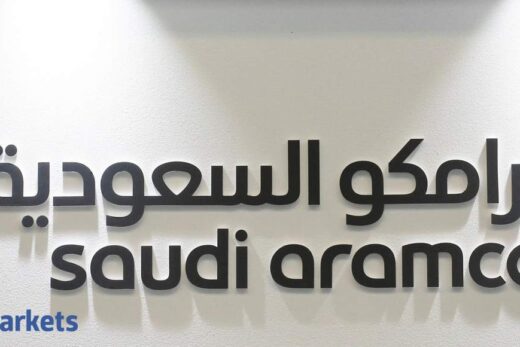This plus focus on green energy and sustainable materials of the future, integrated 5G solutions, reorganisation of retail for new commerce and ramp-up of domestic gas production all point to the next leg of growth, analysts said in their commentary on third-quarter earnings of Reliance Industries Ltd (RIL).
Goldman Sachs said the sequential improvement in EBIDTA showcased a shift towards FCF generation, pivot towards a suite of digital launches sustaining sequential growth both for Jio and Retail, and focus on further chemical integration as O2C carve out is underway.
Telecom tariff hikes, new product launches (eg non-grocery e-commerce) and a potential energy business stake sale can reverse the pullback in Reliance shares since mid-September, it said.
HSBC Securities said the introduction of a single O2C segment, stronger fashion-driven retail and low effective tax were key surprises from results. “We like the business direction but believe retail execution still needs to evolve; O2C and digital won’t have enough tailwinds.”
“RIL is morphing into a pure consumer company with a reporting structure which now includes a single O2C segment, vs the traditional refining and petchem segments, as it endeavours to move further downstream towards consumer products,” it said.
Bank of America and BofA Securities (BofAML) said RIL is looking to incubate new energy/materials platforms. “Focus from O2C carve-out is to maximize profitability from downstream chemicals, reduce transportation fuels footprint in a phased manner.”
Management expects a strong rebound in demand for fuels/ downstream products and net subscriber additions in Jio to bounce-back.
Morgan Stanley said the restructuring of oil to chemicals (O2C), focus on green energy and sustainable materials of the future, integrated 5G solutions, IoT, reorganising retail for new commerce, and ramp-up of domestic gas production all point to the next leg of growth.
“RIL reorganised its oil to chemicals business, transferred the retail fuel business from retail to O2C business, and laid out more details on its plans to grow sustainable materials and green energy investments.
“It also recalibrated its retail operations and converted some stores to e-commerce fulfilment centres, expanded tie-ups with Kirana stores to 23 cities, and in digital, highlighted progress on IoT devices and 5G solutions, some of which would be available in 2H21,” it said.
These are pointers to its next investment cycle that may require $50-60 billion, it said.
Kotak, however, said RIL’s operating performance across segments was weaker than its expectations and debt reduction was lower as a significant portion of inflows from capital raise and cash profits was once again utilized in capex, working capital and repayment of creditors.
CLSA said while key performance metrics were not disclosed for refining and petchem as this has now been merged as the O2C segment, the conversion of some grocery stores into fulfilment centres hurt the retail revenue/Ebitda.
Citi said the company has ceased providing disclosures on separate refining margins and petchem performance, as management believes both segments need to be viewed as one downstream business going forward following the completion of the internal restructuring and the longer-term plan to increase integration between refining and petrochemicals by reducing transportation fuel production (still at 60%).
While Nomura said it believes that refining was likely weaker, Bernstein said exploration and production (E&P) profits have bottomed with start-up of gas production from KG-D6 block in the eastern offshore.
R-Cluster in KG-D6 block started production in December and will reach peak output of 12.9 million standard cubic meters per day in 2H21.
JM Financial said retail business is gradually recovering post lockdown while margin was healthy at around 7% due to rebound in high margin fashion and lifestyle segment to pre-Covid levels.
UBS said EBITDA share of consumer businesses in total EBITDA jumped to 46 per cent.
BNP Paribas said as per the company, the reorganization will enable it to garner attractive growth opportunities and better internal synergies. “Hence, the retail business revenue declined year-on-year as transportation fuel revenue is now clubbed under O2C business.”
JP Morgan said there were no updates on the sale of a 20% stake in O2C to Saudi Aramco as well as the acquisition of retail assets of Future Group.



